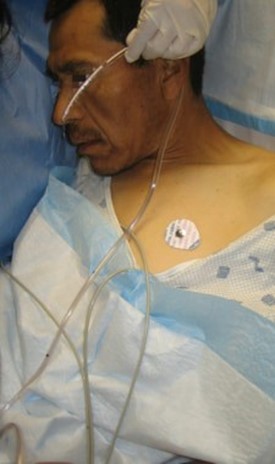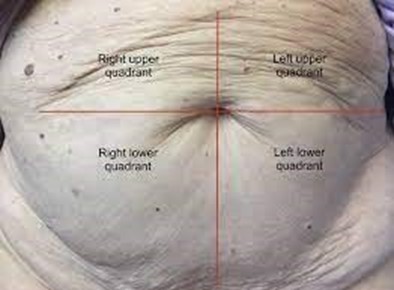A nurse is preparing to administer several medications via NG tube to a client who is receiving continuous tube feeding.
Which of the following actions should the nurse take?
Dilute each crushed medication with sterile water.
Combine the medications with the formula in the feeding bag.
Flush the NG tube with 5 mL of sterile water prior to administration.
Mix the medications together in a single syringe.
The Correct Answer is A
When administering multiple medications via an NG tube, each medication should be prepared separately by crushing (if appropriate) and diluting it with sterile water. This method helps prevent drug interactions, ensures that medications are adequately dissolved, and minimizes the risk of clogging the tube.

Choice B is wrong because medications should not be combined with the formula in the feeding bag.
Choice C is wrong because the NG tube should be flushed with at least 15 to 30 mL of water before and after drug delivery.
Choice D is wrong because each medication should be administered separately when it is being given at the same time.
Nursing Test Bank
Naxlex Comprehensive Predictor Exams
Related Questions
Correct Answer is C
Explanation
“I should limit the time that I spend sitting in a chair.” This is important because sitting for long periods of time can increase the risk of thrombus formation.
Choice A is wrong because crossing the legs while sitting can impede blood flow and increase the risk of thrombus formation.
Choice B is wrong because leg exercises should be performed more frequently than once every 4 hours while awake.
Choice D is wrong because massaging the legs when they hurt can dislodge a thrombus and cause it to travel to other parts of the body.
Correct Answer is A
Explanation
After postoperative surgery, chances of infections are very high also discharges, color changes, etc.
So it is important to expose the client’s abdomen to look for changes in appearance.

Choice B is not the answer because determining areas of resonance across the abdomen using a systematic approach is not the first action that should be taken 1.
Choice C is not the answer because using the diaphragm of a stethoscope to listen for bowel sounds is not the first action that should be taken 1.
Choice D is not the answer because performing abdominal palpation by pressing gently with the finger pads is not the first action that should be taken 1.
Whether you are a student looking to ace your exams or a practicing nurse seeking to enhance your expertise , our nursing education contents will empower you with the confidence and competence to make a difference in the lives of patients and become a respected leader in the healthcare field.
Visit Naxlex, invest in your future and unlock endless possibilities with our unparalleled nursing education contents today
Report Wrong Answer on the Current Question
Do you disagree with the answer? If yes, what is your expected answer? Explain.
Kindly be descriptive with the issue you are facing.
